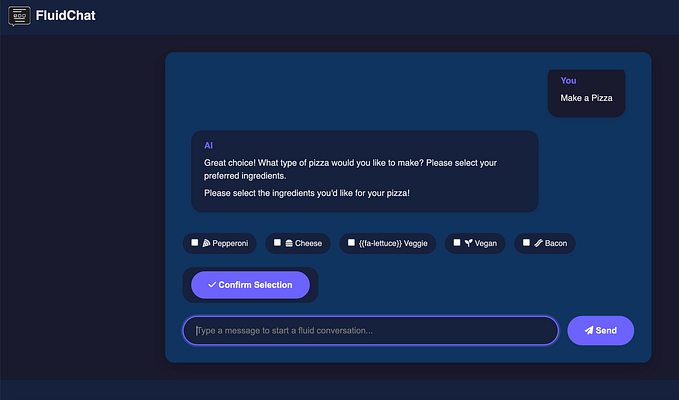Voice UX Process Under 5 Mins

It seems there’s always something to be mentioned about voice interfaces these days. Now that’s a great thing, really. Voice after all is the only interface that doesn’t require a training manual…unless you design horribly. If you do, we’ll be repeating the same horrible experience we have on automated phone systems. To avoid this, here are some things one should think about when designing for voice. It’s a process that I have used with a team of other Voice UX designers back when I was working as a consultant to Fortune 500 companies. I hope you’d find some value. If you want to learn more about this, you can get my course on this here.
Context Gathering
Before we design anything, we need to discover some things. Actually, a lot of things. Context gathering will help us do just that. In fact, it’s the core of user-centered design process. Here we conduct stakeholder interviews to understand business goals and aims. We look at current experience and how the users are solving the problem, competitive analysis to see how we can stand apart. We also look at the frequency of usage to find out why most people use your system and finally brand persona. Your brand persona is a very important aspect of your voice design and if you want to read more on understanding persona, I’ve written an article you should check it out.
High-Level Design
Once we’re done with context gathering, we can move on to high-level design phase. Here we look at summary of our context gathering to understand the speech system better. First we create a high-level information architecture or call-flows to look at the speech system we’ll be designing in regards to logic. Remember that speech happens in a context and not call-flows . So when creating high-level flows, make sure to keep it ‘high level’ and not write dialog prompts on top of it.

Then we can move on to writing some sample dialogs in persona. What’s a sample dialog? Simply put — A sample dialog is a script that shows a conversational flow between the system and the user. You should create as much as you feel is needed but focus on most of the core tasks based on frequency of usage. Build out both happy paths (where things go accordingly) and failure paths to see how you could design error strategies. Sample dialogs can also be helpful to write conversational prompts to avoid technical jargons or unnecessary words.
Prototype & Research
A design that’s not based on data or testing is simply an assumption which could cost you time and money. When it comes to prototyping and running usability testing for voice, we often use Wizard of WOz method, commonly known as WOz. So let’s identify key tasks to test and build out some scenarios. Then have each participant use the system as they’d in real-life. Then get their feedback by probing without leading them. Look for task success and CSAT (Customer Satisfaction Score). Then analyze results to see if you need to run additional iteration or not. To learn more about CSAT, check it out here. Or if you want to find out how many participants you should test, here’s someone who can explain better.
Detailed Design & Deploy
Well, this is exciting! Now we can finally move on to some actual design. A detailed design is….well, very detailed. They can be considered a state-by-state documentation on how your VUI (Voice User Interface) should behave — including the initial prompt, no-match errors in case your users say something out of context, conditions to follow next and so on. I’ve written more on that here. This is also where you want to start thinking about implementing SSML (Speech Synthetic Mark-up Language), so your actual design would sound natural and conversational.
It’s important to involve the dev team for a VUI review to make sure your design can be implemented. The dev team might have some changes or you might have to make some changes to the dialog structure as a result. Whatever it is, be on the same page and then you can deliver the final VUI for implementation.
While we’re done with the actual design, it’s important to monitor the VUI in production environment for continuous improvement. Seeing the trend of voice-enabled devices and apps coming out at rapid speed, my fear is that without actual understanding or having a good process in place, we’d start hearing terrible speech applications and start hating these experiences the way we often do when it comes to automated speech systems. When done properly, voice-enabled interfaces can be extremely empowering and helpful. After all, we’re wired for speech. I hope this article is helpful and let’s start creating some world-class voice experiences!
More articles from me:
- Designing Voice Experience
- Building blocks of AI Chatbots
Get in touch
- https://twitter.com/arungeorge_
-https://www.linkedin.com/in/linkarungeorge/








